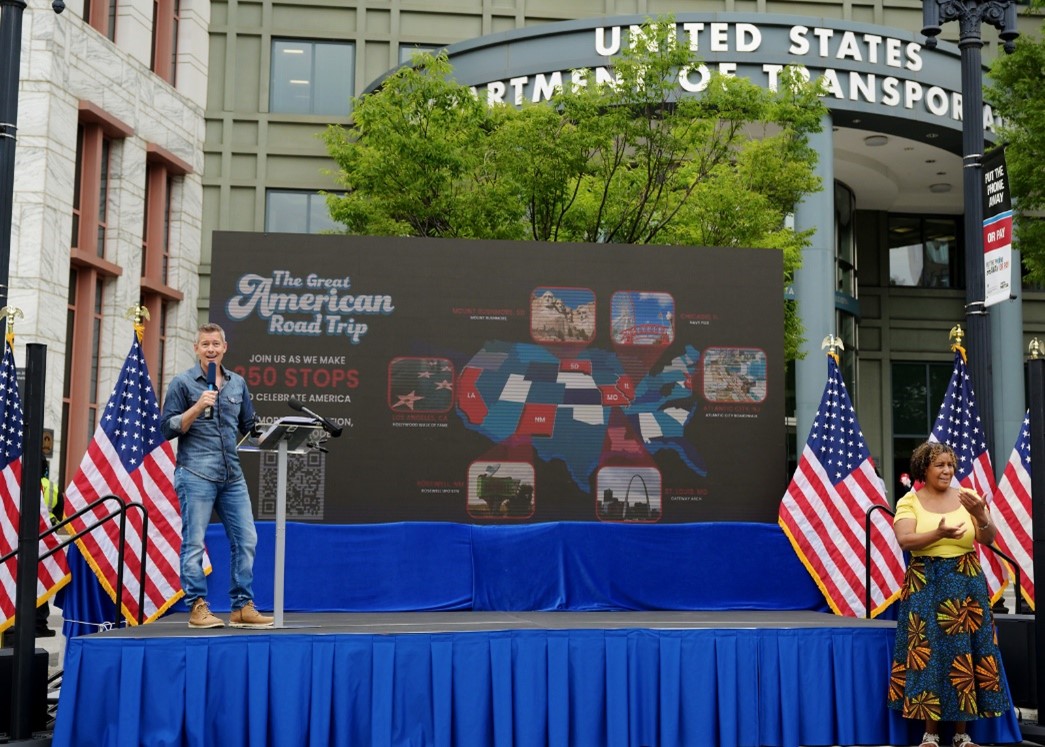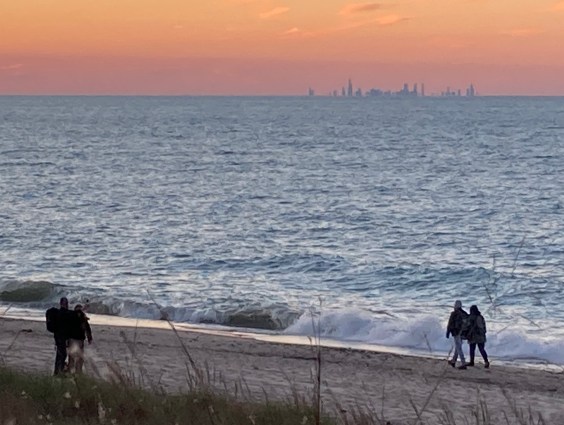There's been a lot of debate lately about whether Washington D.C. should remove its famous height restrictions, which effectively limit buildings to about 10 stories, the height of the Washington Monument.
Right now, D.C. is in the enviable position of having high demand for downtown office space, but there's a limited amount of land available for development. Many observers, including Matt Yglesias, have argued that the height restriction is artificially limiting density in the central city and should be removed.
Yonah Freemark at the Transport Politic says D.C. is certainly at a crossroads, and that the way the city handles its transportation decisions will have just as great an effect on urban form as any changes to height regulations:
When we discuss the demand in downtowns like Washington’s for more office space, we sometimes make an assumption that the transport network will be able to handle whatever is thrown at it. In fact, there is a direct relationship between a downtown’s growth and the transportation provided to it. In general, businesses want to locate their offices in places that are accessible and that provide the benefits of agglomeration, and this sometimes means downtown, but not always. If the trip to and from the center — by whatever mode — becomes too arduous, there are significant reasons to locate outside of it.
There are three ways regions like DC can proceed, Freemark argues. 1) Make no new investments in transportation, in which case there would likely be growth in residential development near downtown, a la Chicago highrises. 2) Invest in expanding its highway system and see its downtown overrun by parking lots, in the way of Houston. 3) Invest in improving the transit system, which would boost the accessibility of downtown and enable more jobs to be located there.
Freemark continues by saying that any move to relax the height restrictions must be considered in conjunction with the transportation investments it would require:
This may seem obvious, but Washington has not yet committed the funds to an expansion of the Metro network or serious improvements to the bus corridors, putting in question the viability of a lifting of the height limits. The downtown’s growth must be approached by considering transportation and land use in complement with one another.
Elsewhere on the Network: Yglesias points out that Canada and Australia dominated the Economist Intelligence Unit's livability rankings. The City Fix parses the importance of delivering on promises for transit systems. And the National Journal's Transportation blog digs into the high-speed rail discussions between Congressman John Mica (R-Florida), Florida Governor Rick Scott and Transportation Secretary Ray LaHood.






